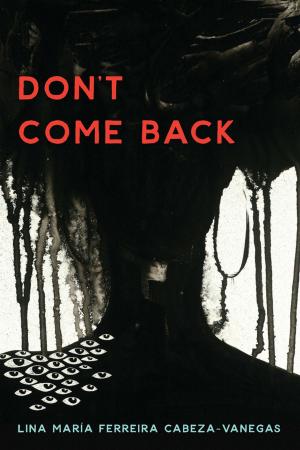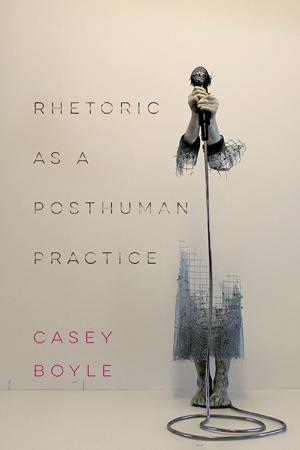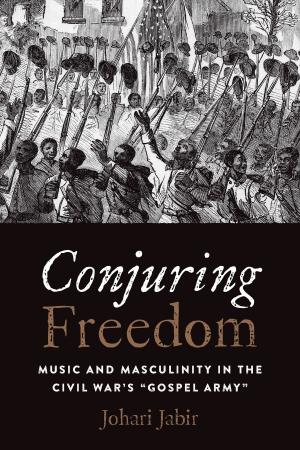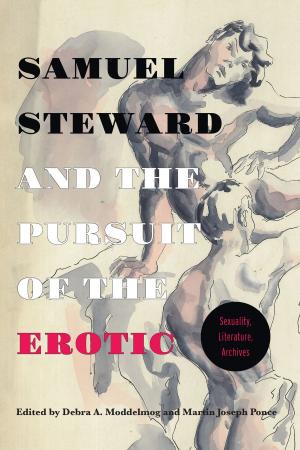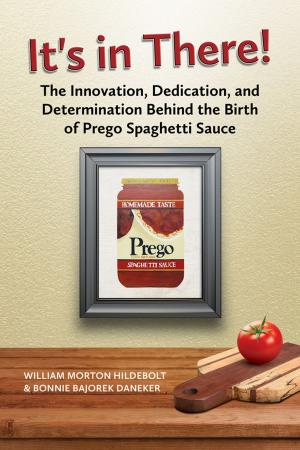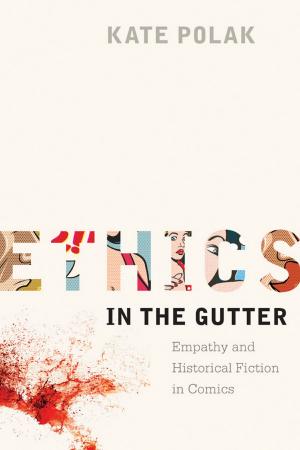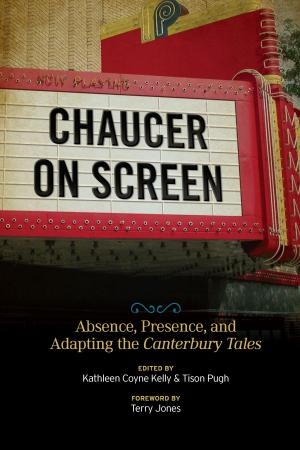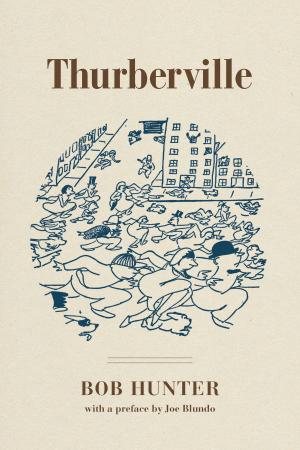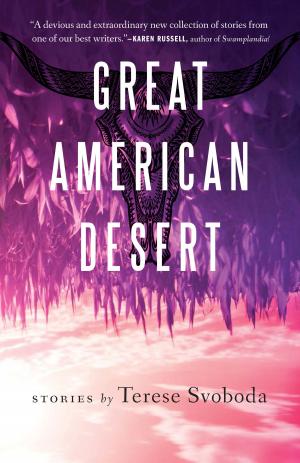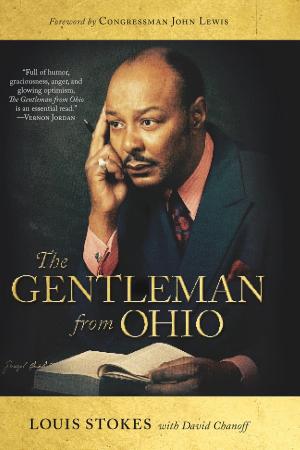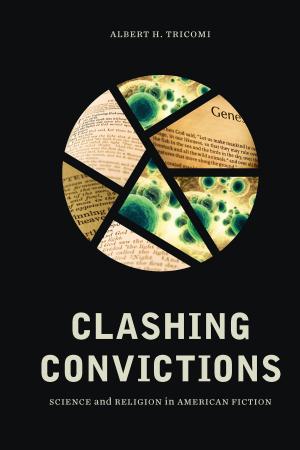Style and the Single Girl
How Modern Women Re-Dressed the Novel, 1922–1977
Fiction & Literature, Literary Theory & Criticism, Women Authors, British| Author: | Hope Howell Hodgkins | ISBN: | 9780814274538 |
| Publisher: | Ohio State University Press | Publication: | May 1, 2016 |
| Imprint: | Ohio State University Press | Language: | English |
| Author: | Hope Howell Hodgkins |
| ISBN: | 9780814274538 |
| Publisher: | Ohio State University Press |
| Publication: | May 1, 2016 |
| Imprint: | Ohio State University Press |
| Language: | English |
Style and the Single Girl by Hope Howell Hodgkins reveals how four very different single-girl novelists employed modern modes to re-dress the traditional English marriage plot. In the first monograph to use fashion theory and history to trace the literary progress of British women in later modernity, Hodgkins argues that correspondences between a gendered sartorial style and a gendered literary style persisted throughout the modern era. She demonstrates how those correspondences did not fade but became fraught as women matured in the sharply gendered crucible of war.
Hodgkins delineates how in the 1920s and 1930s, popular novels by Dorothy Sayers and high-art fiction by Jean Rhys used dress to comment wittily and bitterly on gender relations. During World War II, changes in British Vogue and compromises made by the literary journal Horizon signaled the death of modernist styles, as Elizabeth Bowen’s gender-bent wartime stories show. Then demure and reserved postwar styles—Dior’s curvy New Look, the Movement’s understated literary irony—were intertwined in the fictions of Barbara Pym and Muriel Spark, who re-dressed the novel with a vengeance. Whether fashioning detective fiction, literary impressionism, or postwar comedy, these novelists used style in every sense to redefine that famous question, “What do women want?”
Style and the Single Girl by Hope Howell Hodgkins reveals how four very different single-girl novelists employed modern modes to re-dress the traditional English marriage plot. In the first monograph to use fashion theory and history to trace the literary progress of British women in later modernity, Hodgkins argues that correspondences between a gendered sartorial style and a gendered literary style persisted throughout the modern era. She demonstrates how those correspondences did not fade but became fraught as women matured in the sharply gendered crucible of war.
Hodgkins delineates how in the 1920s and 1930s, popular novels by Dorothy Sayers and high-art fiction by Jean Rhys used dress to comment wittily and bitterly on gender relations. During World War II, changes in British Vogue and compromises made by the literary journal Horizon signaled the death of modernist styles, as Elizabeth Bowen’s gender-bent wartime stories show. Then demure and reserved postwar styles—Dior’s curvy New Look, the Movement’s understated literary irony—were intertwined in the fictions of Barbara Pym and Muriel Spark, who re-dressed the novel with a vengeance. Whether fashioning detective fiction, literary impressionism, or postwar comedy, these novelists used style in every sense to redefine that famous question, “What do women want?”


